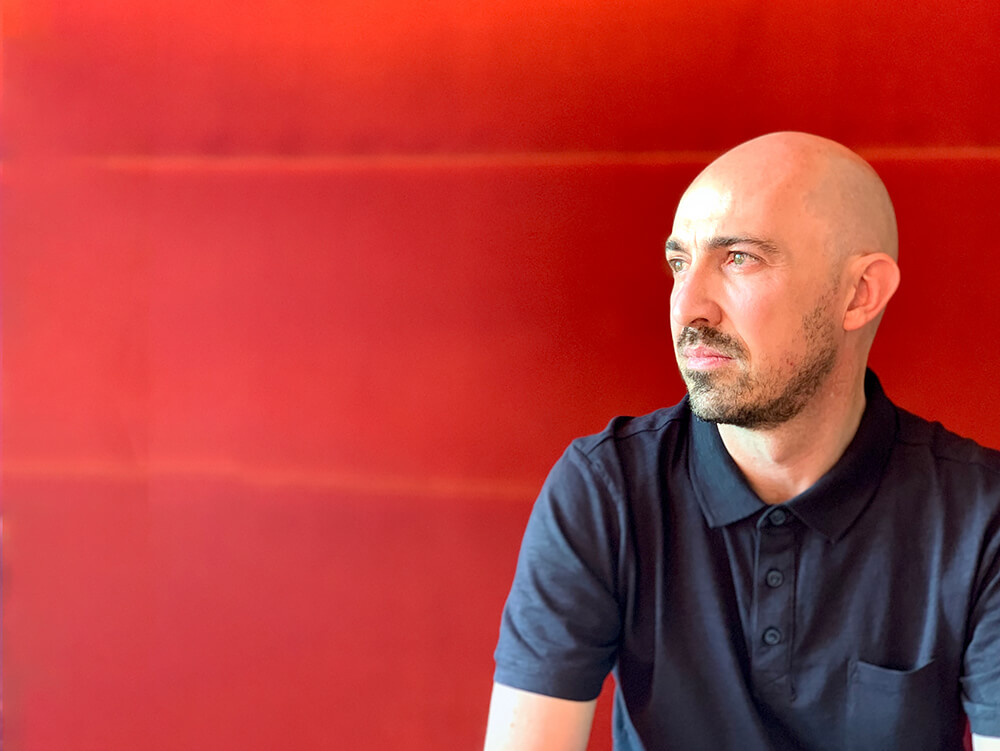My name is Nicola Ducati
I am an Italian photographer, travel and portrait photography is my expressive medium. With my pictures I want to tell stories that create empathy between the viewer and the subject with elegance and authenticity.
I was born in a small town among the Italian Alps.
I have always lived in a beautiful place that has made me grow and appreciate nature, animals, quiet places and respect for what surrounds us, I think this way of living in the countryside has greatly influenced my photographic sensitivity.
I approached the world of photography by chance. As a child, I used to play with an old camera found who knows where, a shabby but fascinating object that soon became a passion.
Later, my curiosity led me to experiment with many different genres, from the first landscape, travel photography, and finally the travel portrait.
Today I especially like photography, which tells stories but also lets you imagine them, which excites and suggests reflections.
A narrating photography.
What I like
I photograph only what I like and what fascinates me, I am a curious person and i try to find what in the world unites us not what divides us, I mean that I try to bring out those traits of humanity that make us all connected. An exercise to accept with empathy the entropy of our world.
My photography is not conceptual, it represents what I see, what I feel important, what excites me or moves me. I love when the emotion and the story hidden inside a picture reaches the observer. I entrust my work and aesthetics photography to the task of telling and giving the observer inspiration and sense of belonging.
Photography that responds to this, is a successful one.
